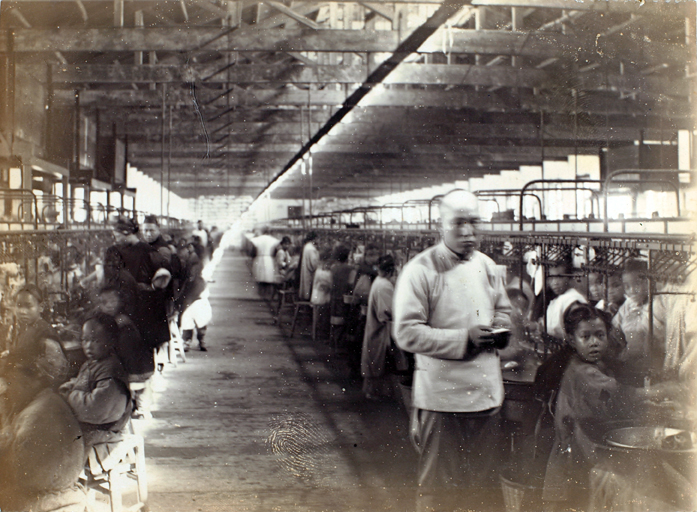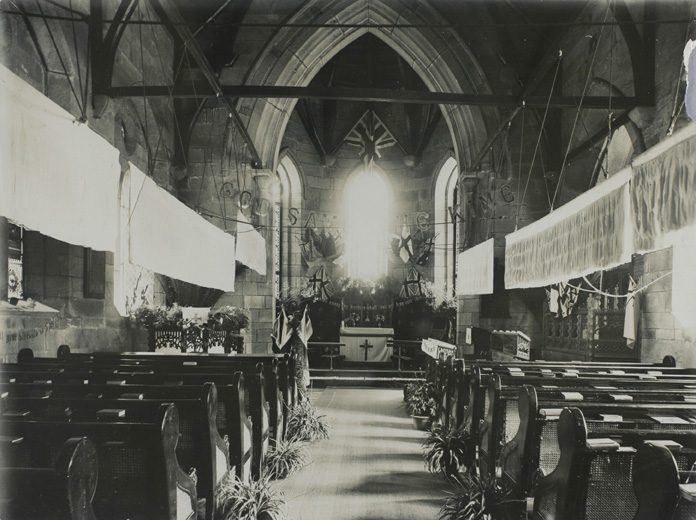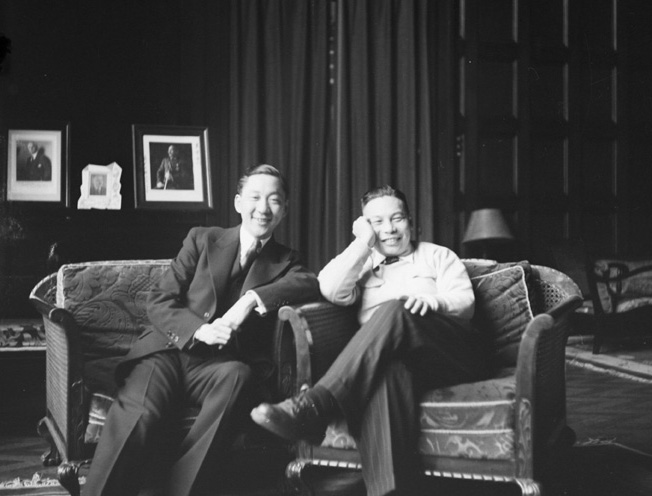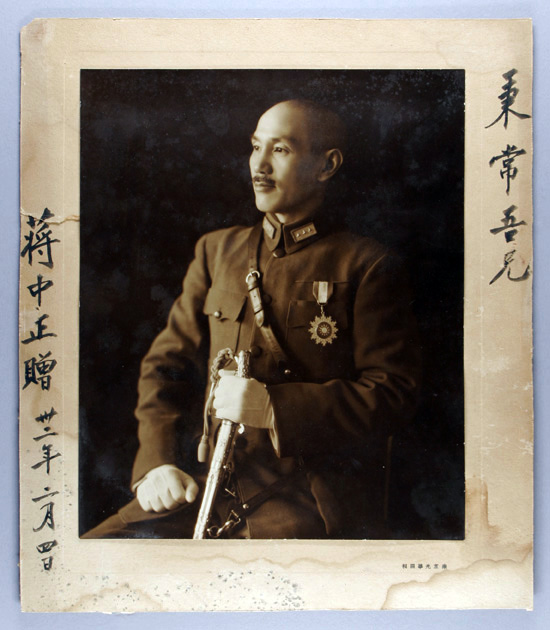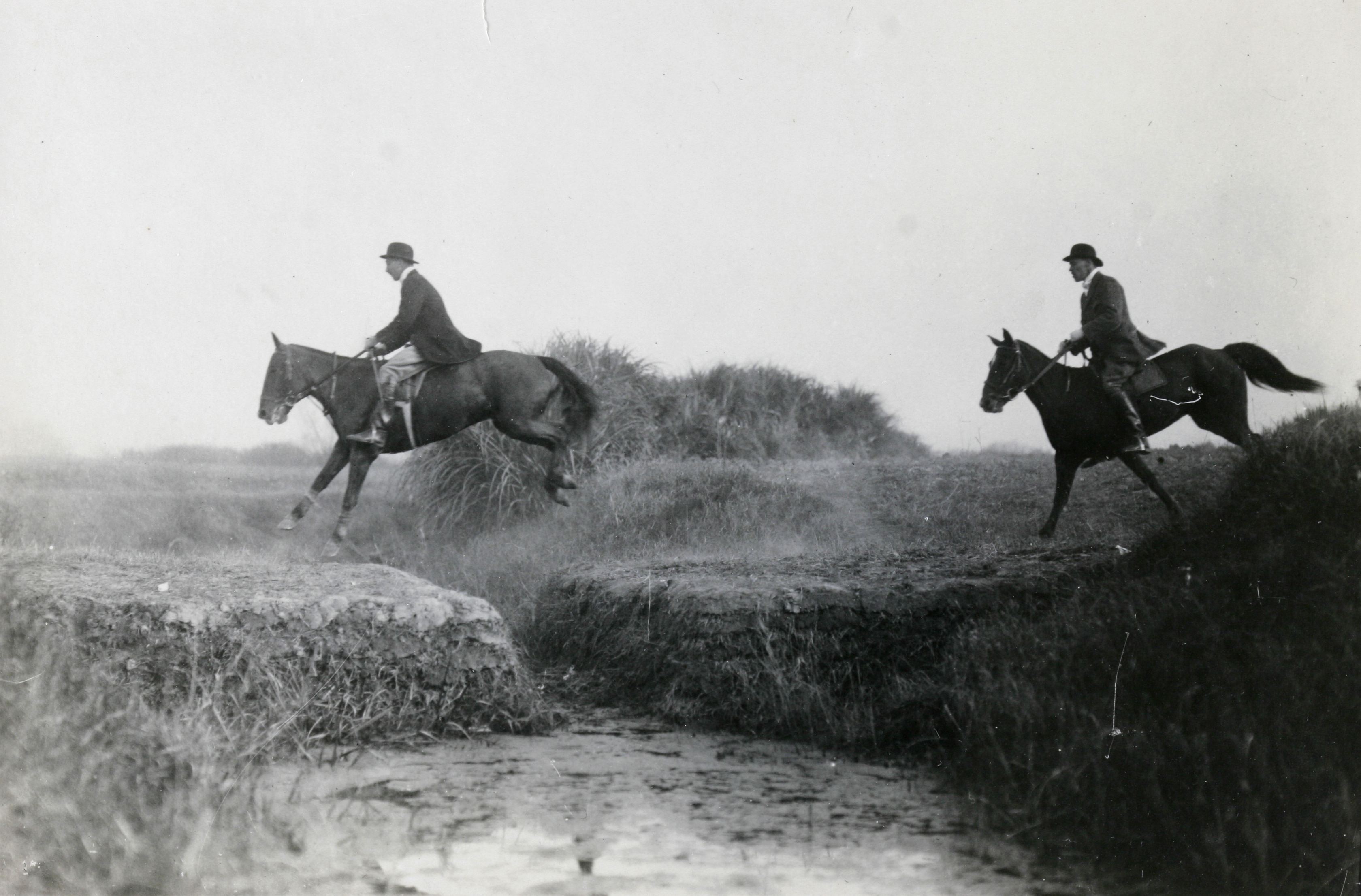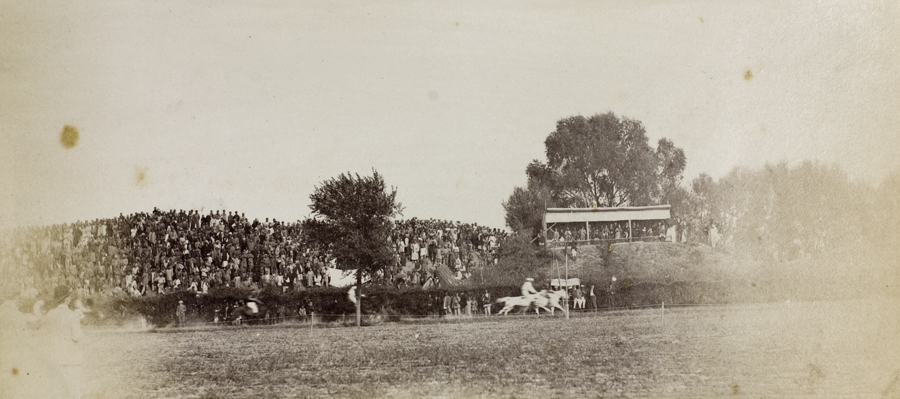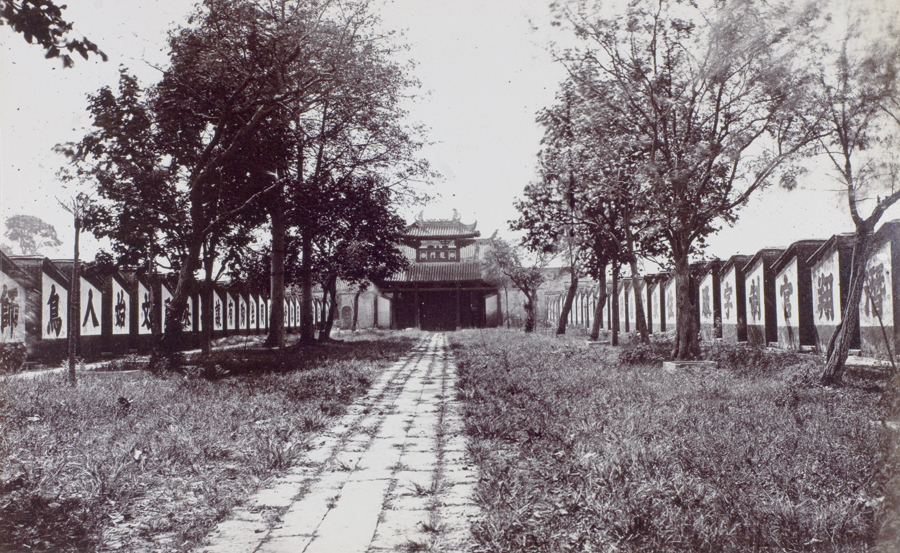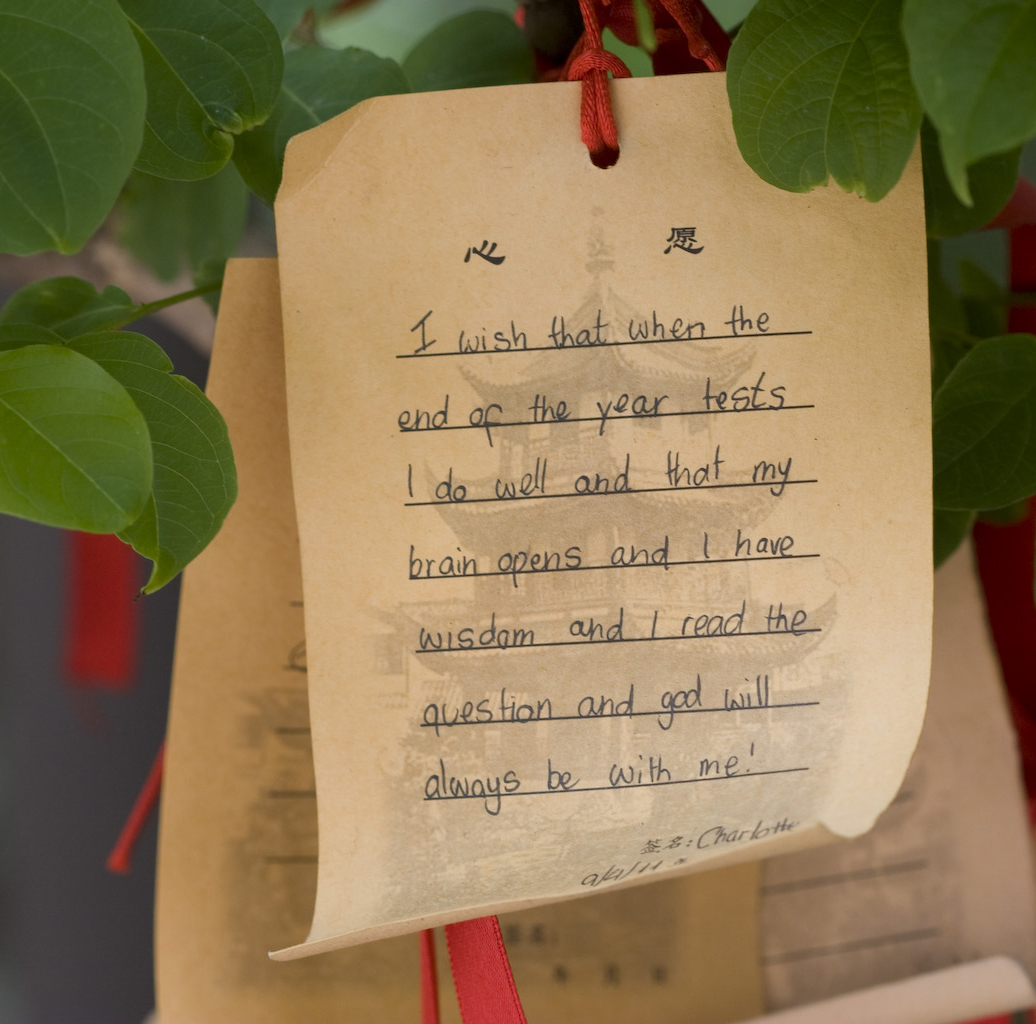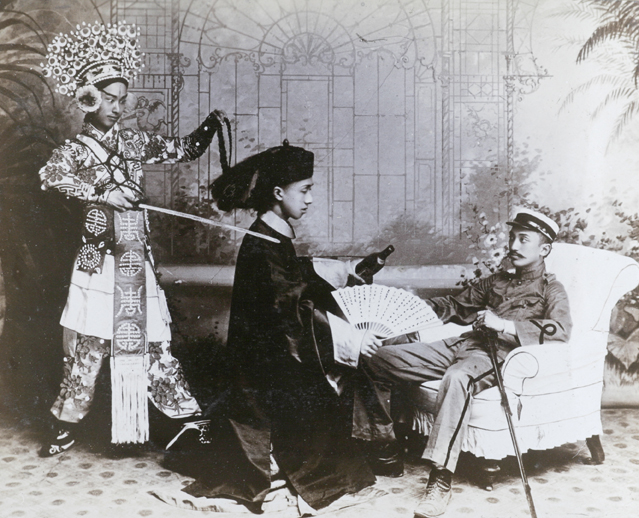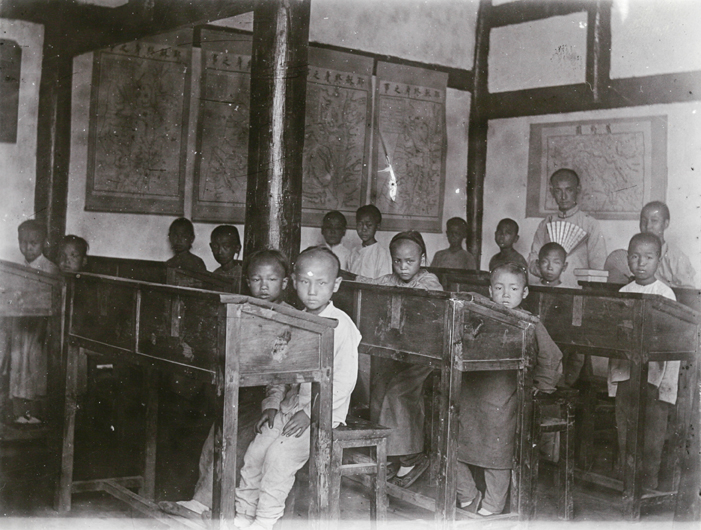One of the world’s most famous structures, the Great Wall of China has been much photographed. Surprisingly though for such a massive and extensive landmark, many visitors, including John Thomson in 1871, photographed the same section – around Badaling. Here are two similar views, by Thomas Child in 1877 (Na01-88) and Warren Swire in 1911 (Sw16-027):
The author-photographer William Lindesay in his superb book The Great Wall Revisited – From the Jade Gate to Old Dragon’s Head (Frances Lincoln, 2007), most effectively uses old photographs of the wall, as well as his own. Photography here is in its element, documenting changes and providing evidence for preservation projects. William Lindesay’s site is The Great Wall Revisited (See also International Friends of the Great Wall).
Recently, the Chinese have opened new sections of the wall to tourists.





